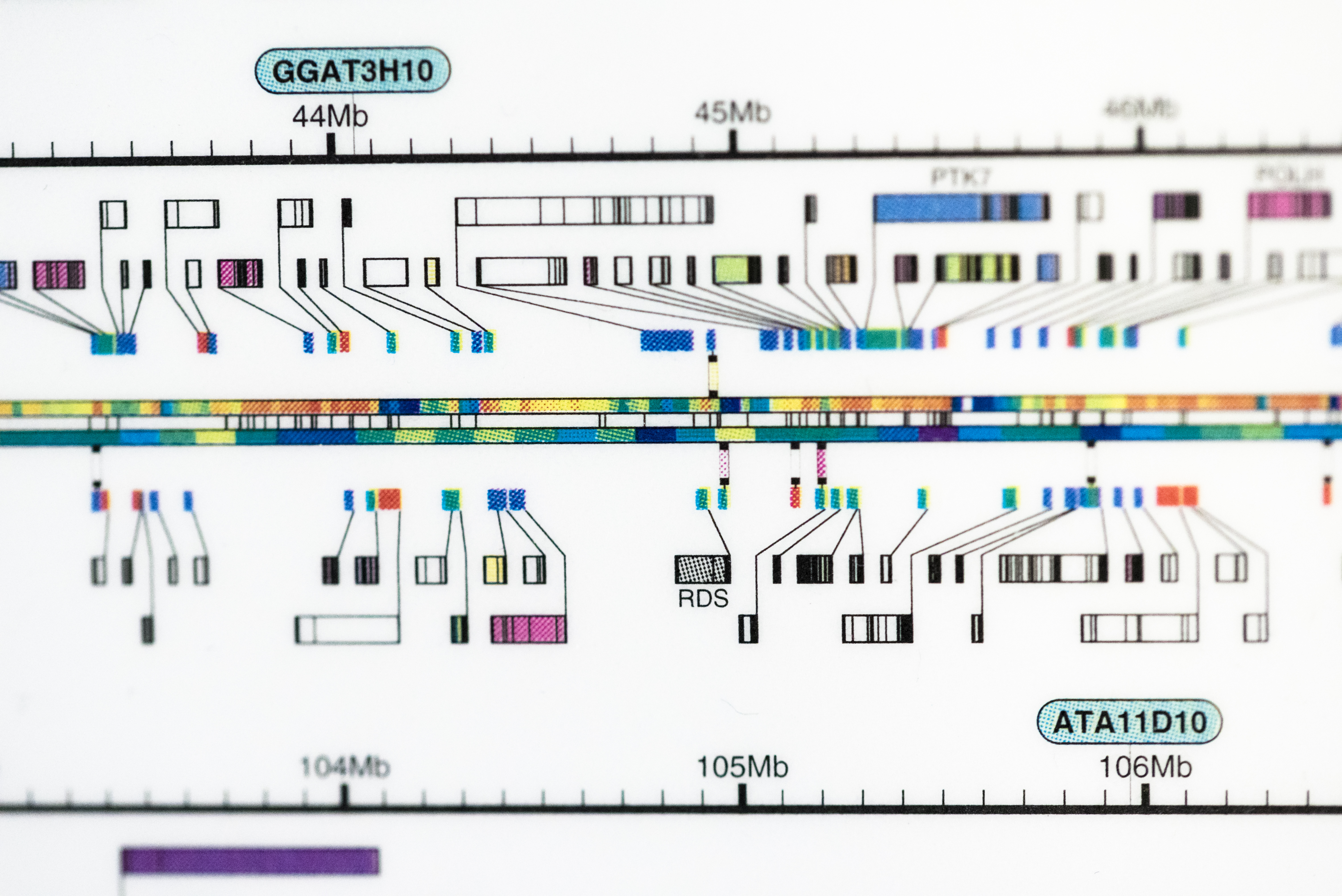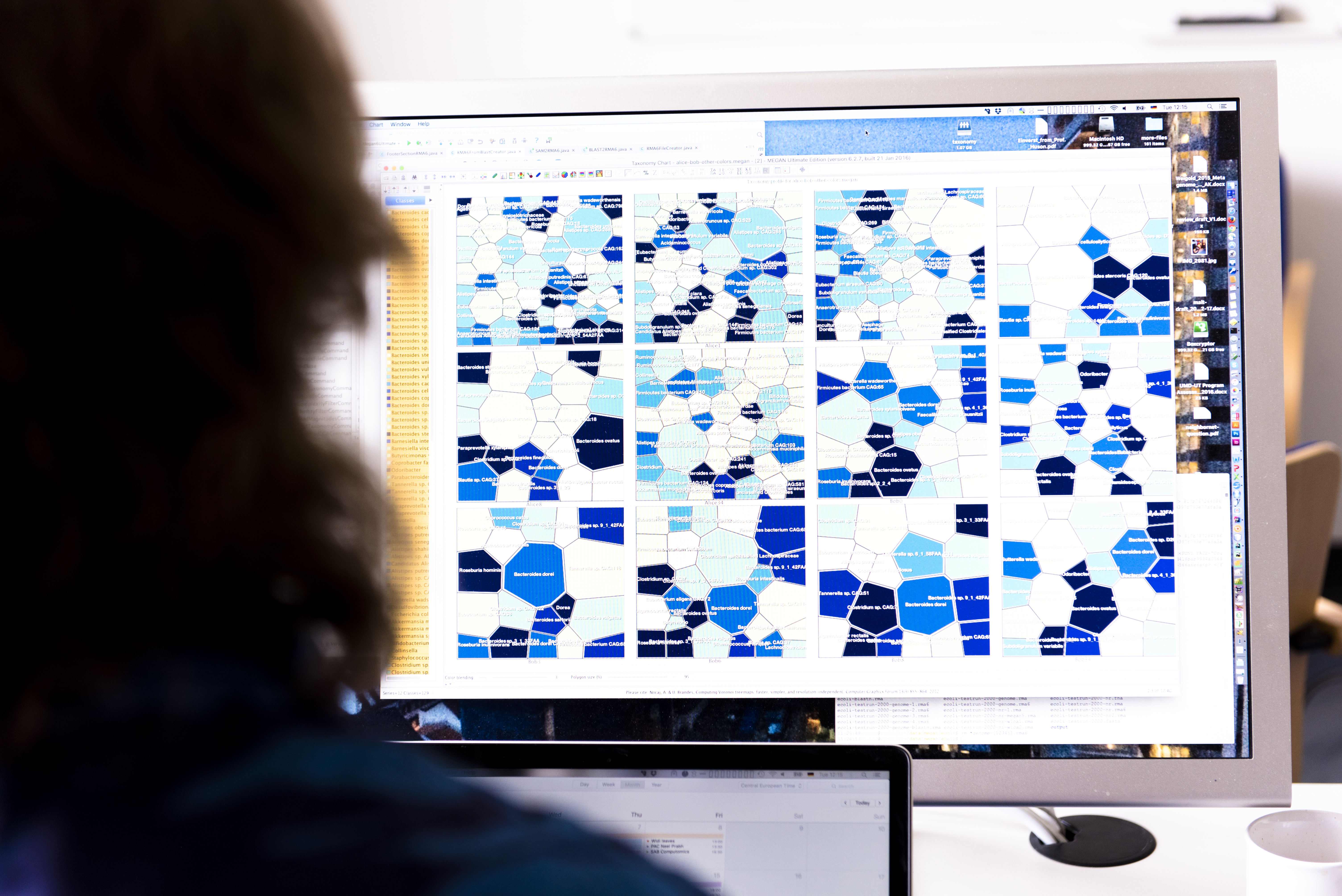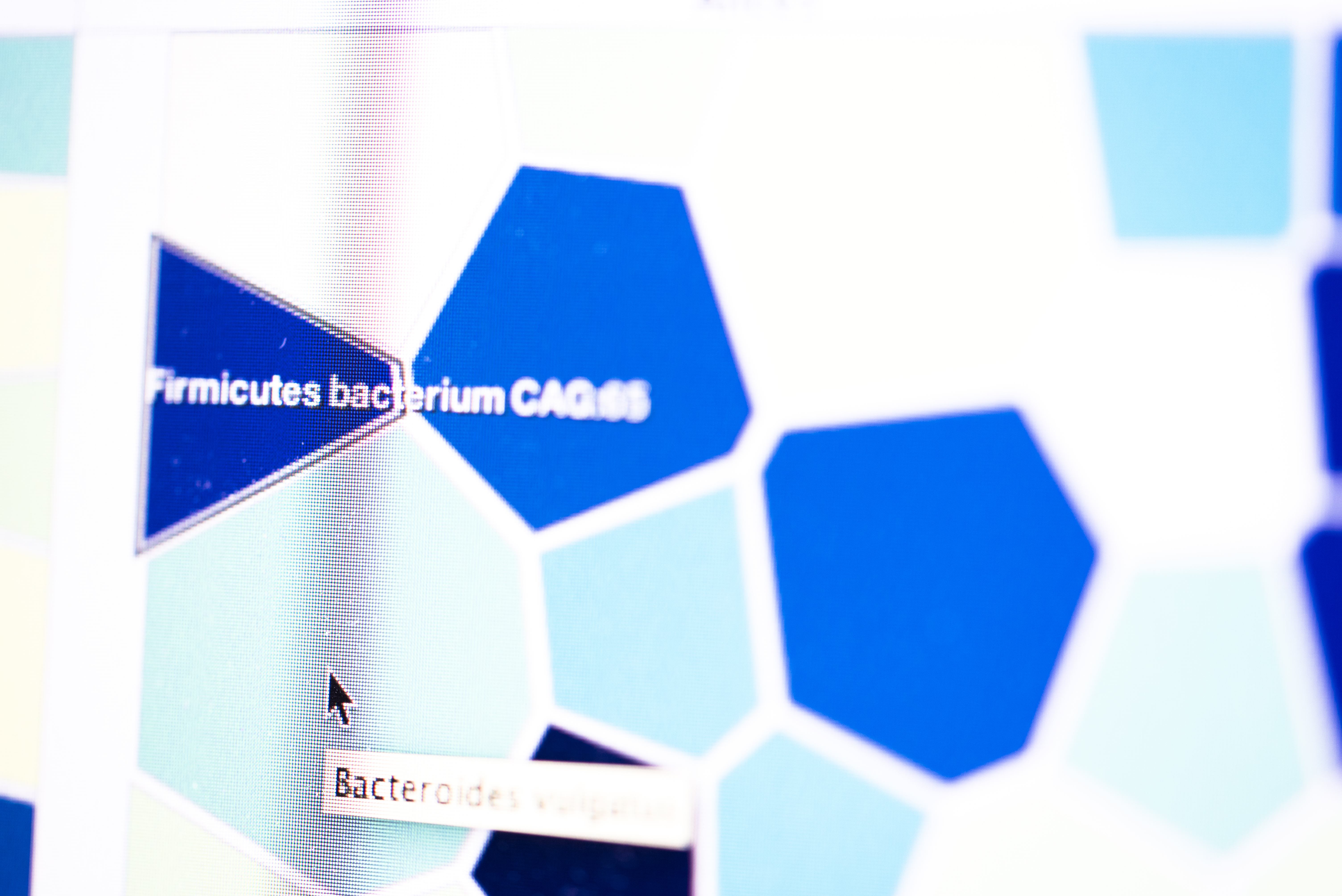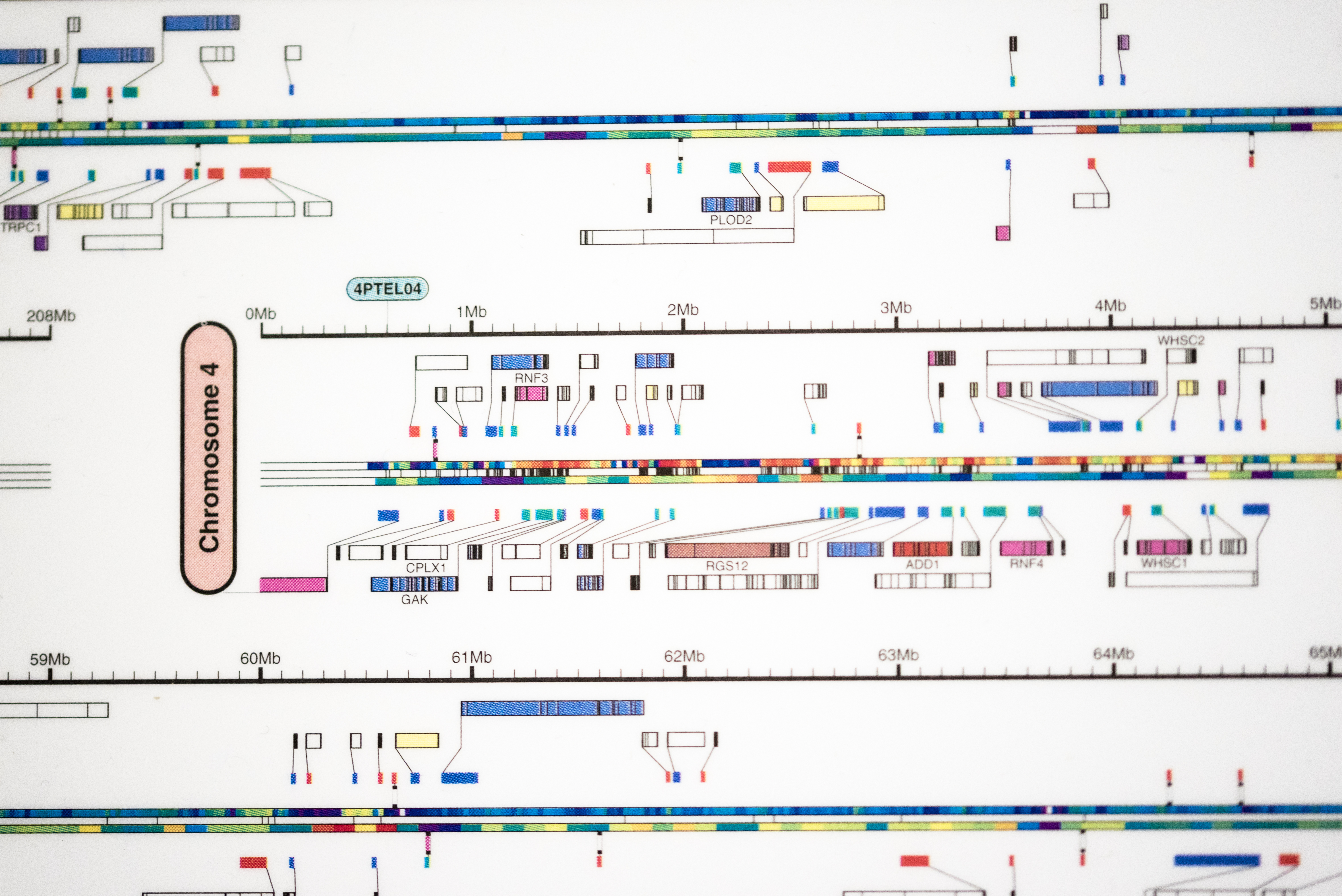Willkommen im Labor für Algorithmen in der Bioinformatik
Das Hauptaugenmerk unseres Labors liegt auf der Entwicklung neuer und fortschrittlicher Algorithmen für die Bioinformatik. Hier ist eine kurze Liste unserer aktuellen Forschungsschwerpunkte:
- Microbiomanalyse und -simulation
- Long-Read-Analyse
- Phylogenetische Netzwerke und Bäume
- Modelle, Algorithmen, Software und Komplexität
Weitere Einzelheiten finden Sie im Abschnitt Forschung, in unseren Veröffentlichungen und in unserer Software.
Neue Publikationen
David Bryant, Daniel H. Huson, NeighborNet: improved algorithms and implementation, Front. Bioinform., 20 September 2023
Sec. Data Visualization Volume 3 - 2023
Wenhuan Zeng, Anupam Gautam, Daniel H. Huson, MuLan-Methyl—multiple transformer-based language models for accurate DNA methylation prediction, GigaScience, Volume 12, 2023, giad054, published 25 July 2023
Caner Bagci, Benjamin Albrecht, Daniel H. Huson, MAIRA: Protein-based Analysis of MinION Reads on a Laptop, Springer Link pp 223-234, June 2023
Aktuelle Neuigkeiten




